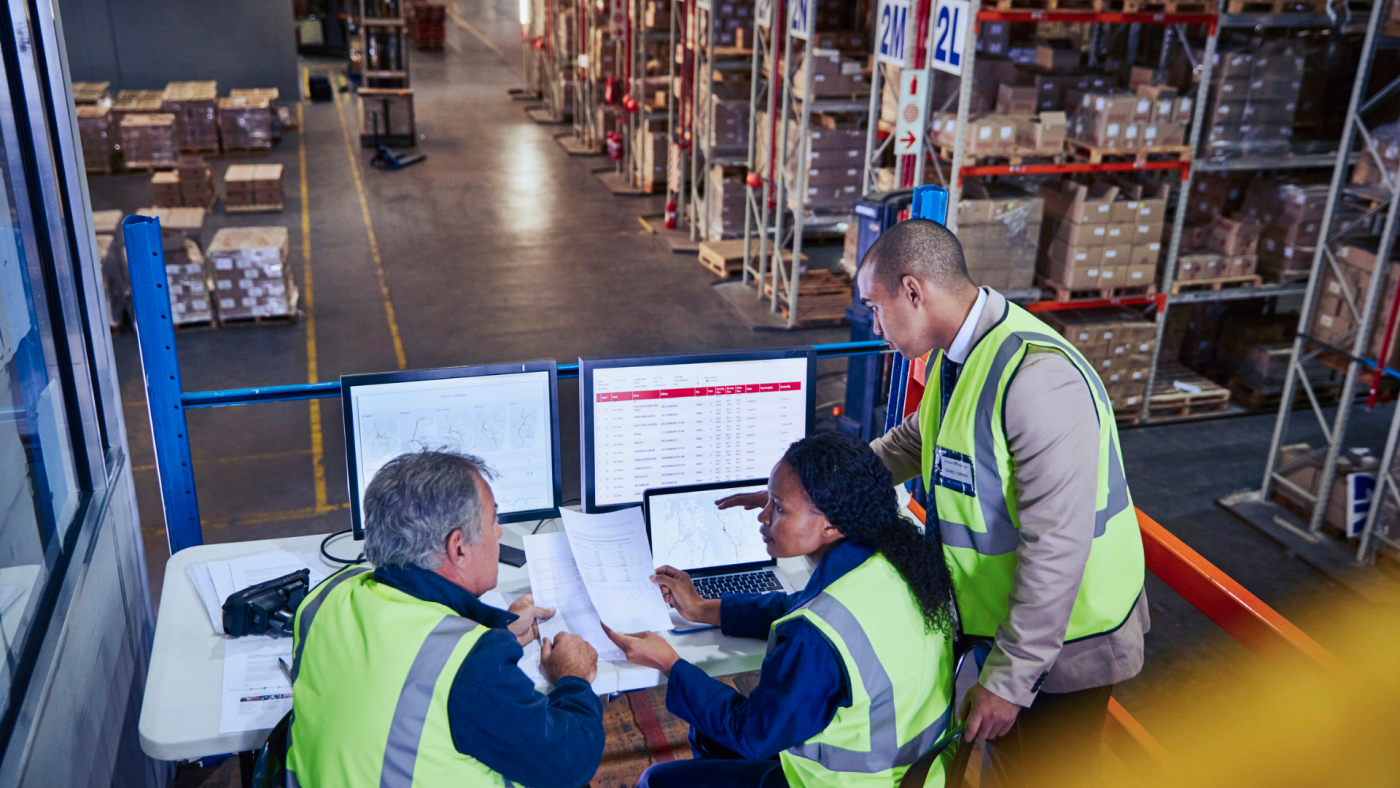Pricing strategies in logistics are less evolved than in other industries. An average low level of digitalisation has prevented most players from adopting more advanced techniques and models. However, over the last five years, there has been an increasing trend in IT and data analysis investments by these companies.
This change in scenario is paving the way for data science to be increasingly applied to one of the most strategic aspects of business: pricing.
According to consultancy firm McKinsey, logistics companies that evolve their pricing models could increase their revenue by between 2 and 4 per cent, which would translate into operating profit growth of between 30 and 60 per cent. This is certainly an attractive scenario for companies operating in this sector.
Logistics, why focus on pricing?
The uncertainty of the 2020-2021 period, impacted by the unexpected advent of Covid-19, has certainly highlighted how the ability to quickly change one’s pricing strategy can become a trump card, especially at a time when the market is strongly influenced by events that are difficult to predict and when it is therefore very difficult to accurately forecast volumes in the short and medium-term.
Fluctuations in the prices of certain services that are part of the supply chain have made dynamic pricing a very valuable resource for the most innovative players. For example, airfreight prices from Asia to Europe doubled during the first months of the pandemic, but then unexpectedly returned to pre-crisis levels by the summer.
The advantages of pricing software for logistics
Sudden surges in demand, often only temporary, are also the order of the day in this scenario and such episodes of uncertainty will be a constant for at least several more months. In this context, only companies with pricing systems capable of adjusting their tariffs in real-time will have a significant advantage in the market.
The ability to determine prices quickly and intelligently is therefore increasingly crucial in the transport and logistics industry.The training of revenue managers in this sector has grown significantly, and coordinated work with data scientists is the key to building increasingly sophisticated pricing models.
Barriers to logistics digitisation
In our discussions with companies, however, we have identified what we believe are challenges that most of these companies still face:
- Missing, incomplete or fragmented datasets in different applications that do not “speak” the same language.
- Real pricing know-how. When it is present in the company, it is concentrated in the hands of one or a very few managers and hardly translates into models hosted on appropriate software systems and therefore does not become a real asset.
- Moreover, the lack of affinity with data science makes current pricing decisions difficult to assess.
Even the best pricing managers cannot keep up, in terms of accuracy and volume/time analysis capability, with the analysis and insights provided by an AI-powered pricing system. In the hands of a good pricing manager, this kind of software can become the winning element for the business in the short term, but also a certainty over a longer time horizon, because the entire repository of data relating to pricing, the models adopted and the results achieved will always be accessible and available to management.


